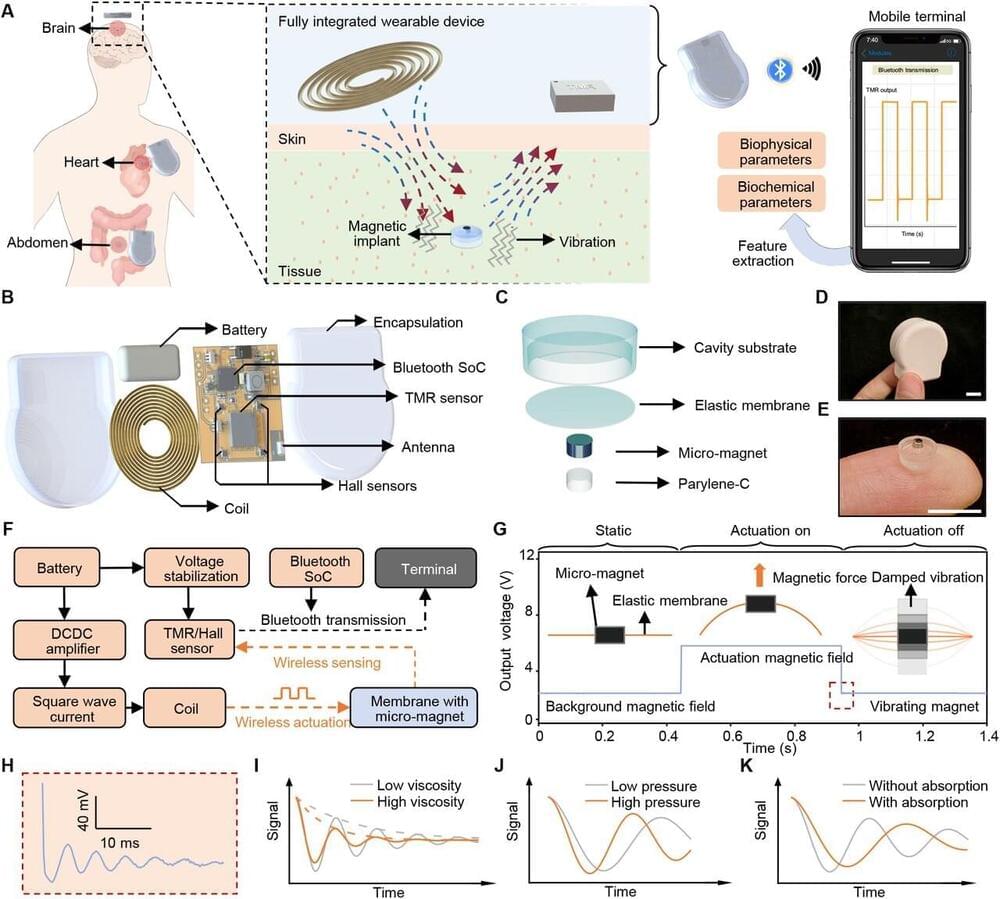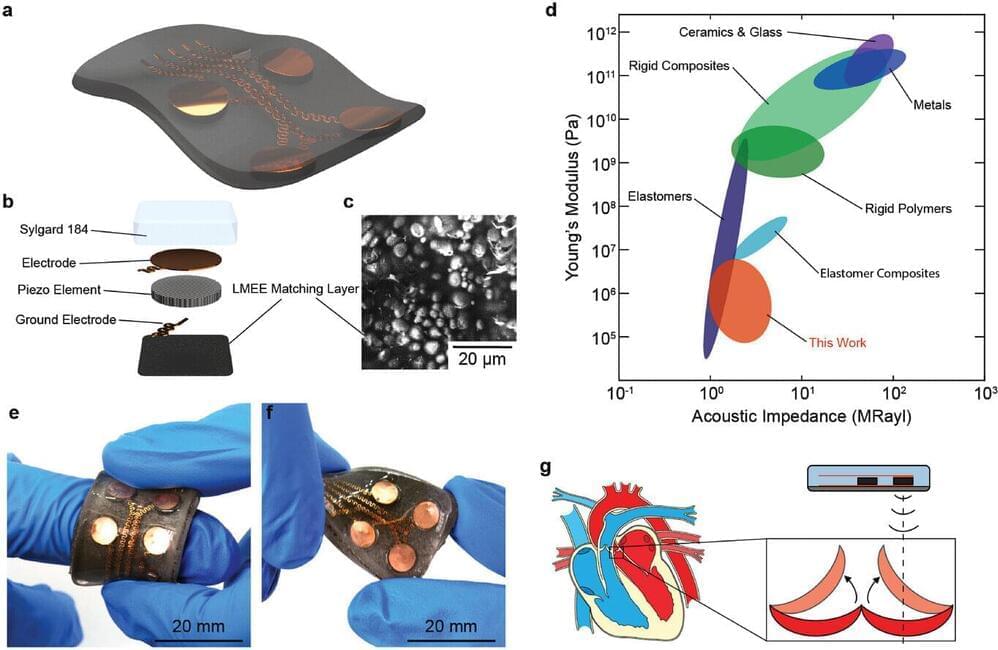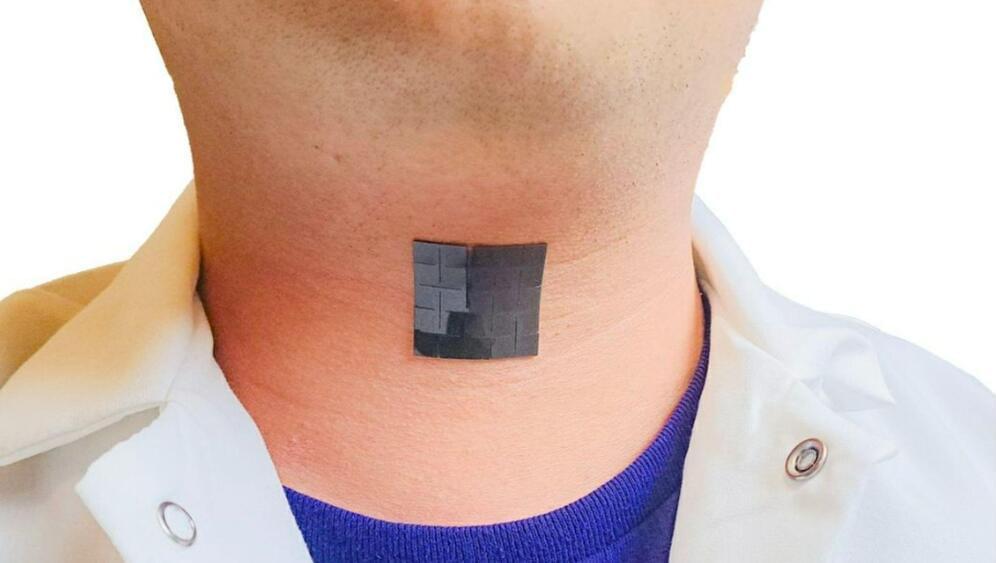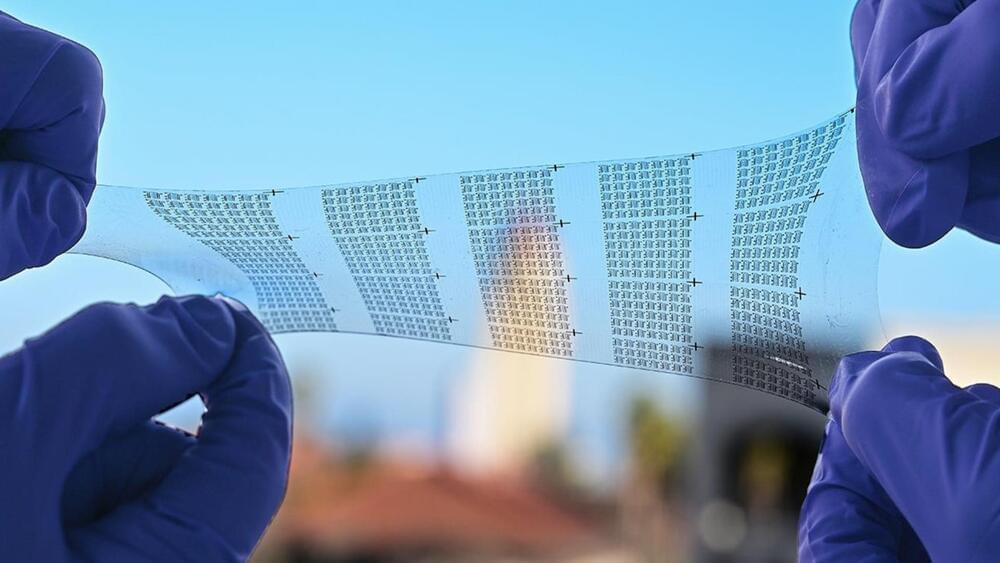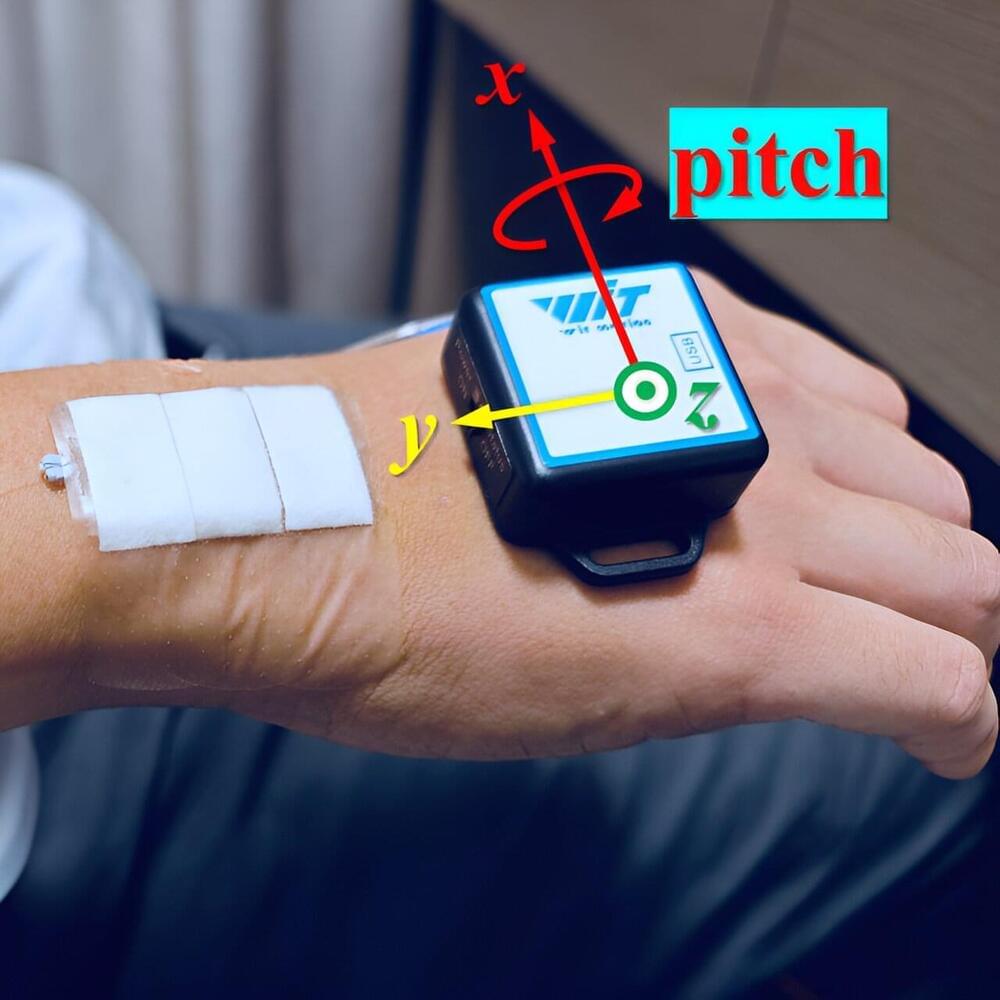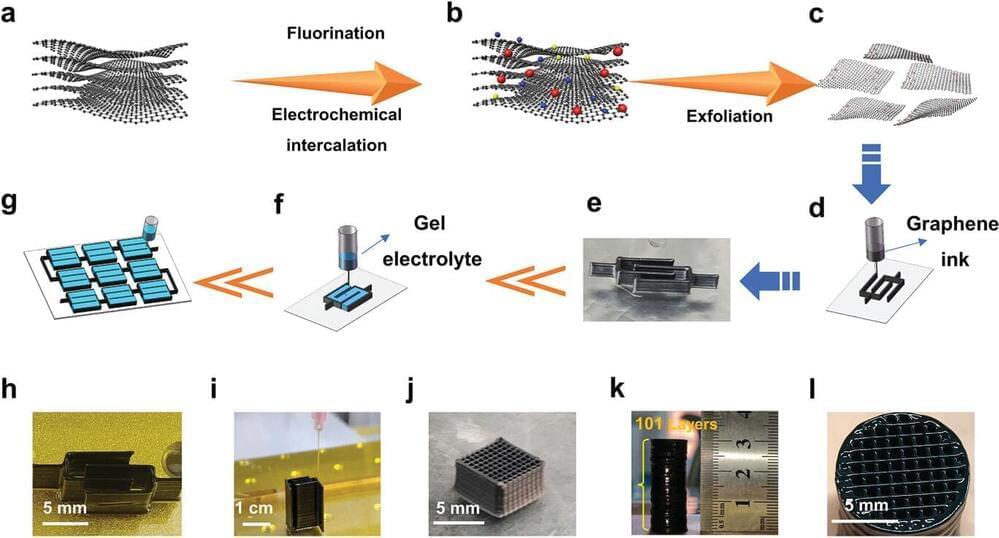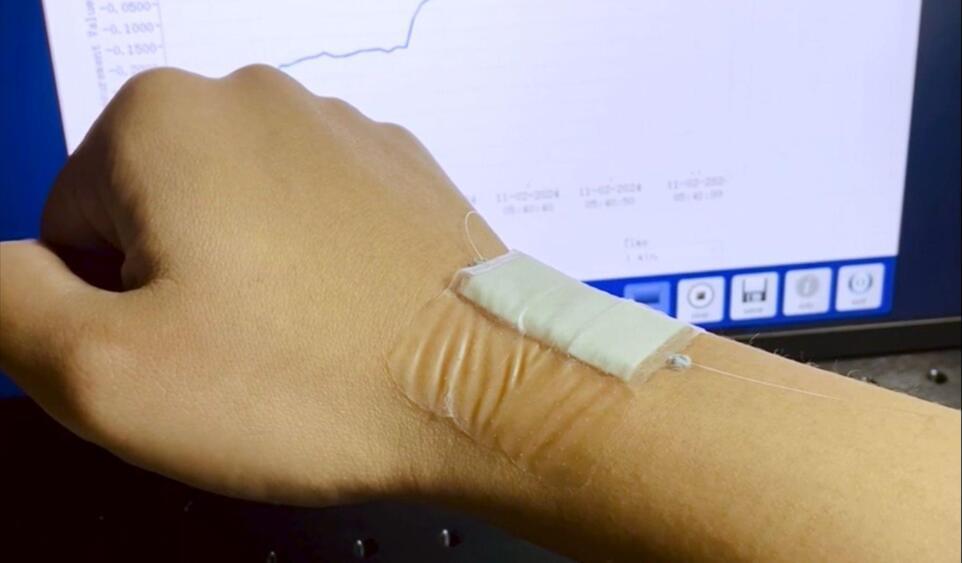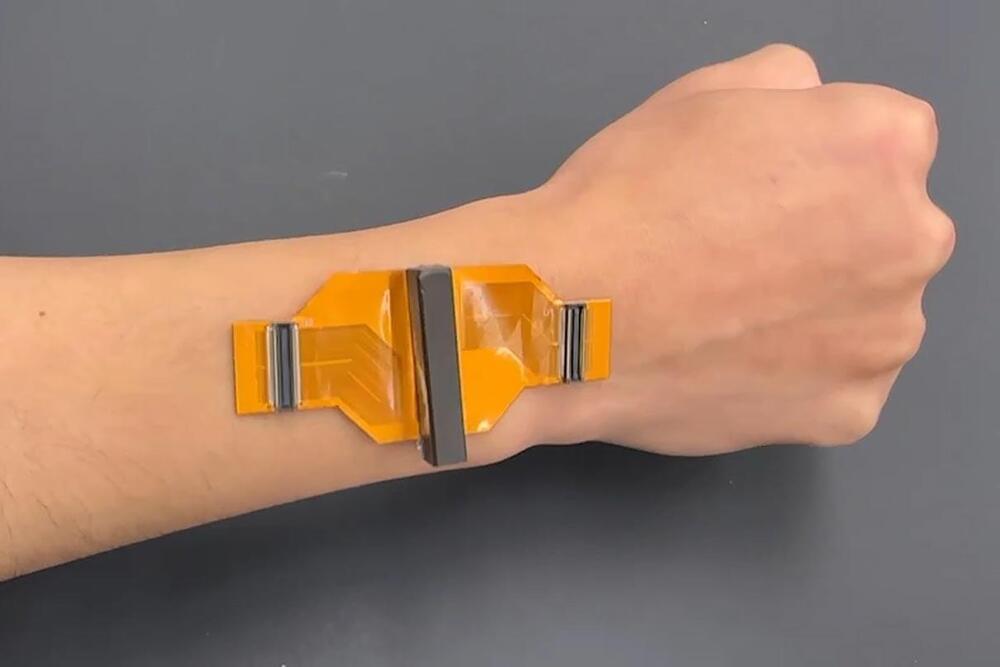In a study published in the journal Science Advances, researchers from Peking University have unveiled a miniaturized implantable sensor capable of health monitoring without the need of transcutaneous wires, integrated circuit chips, or bulky readout equipment, thereby reducing infection risks, improving biocompatibility, and enhancing portability. The study is titled “Millimeter-scale magnetic implants paired with a fully integrated wearable device for wireless biophysical and biochemical sensing.”
